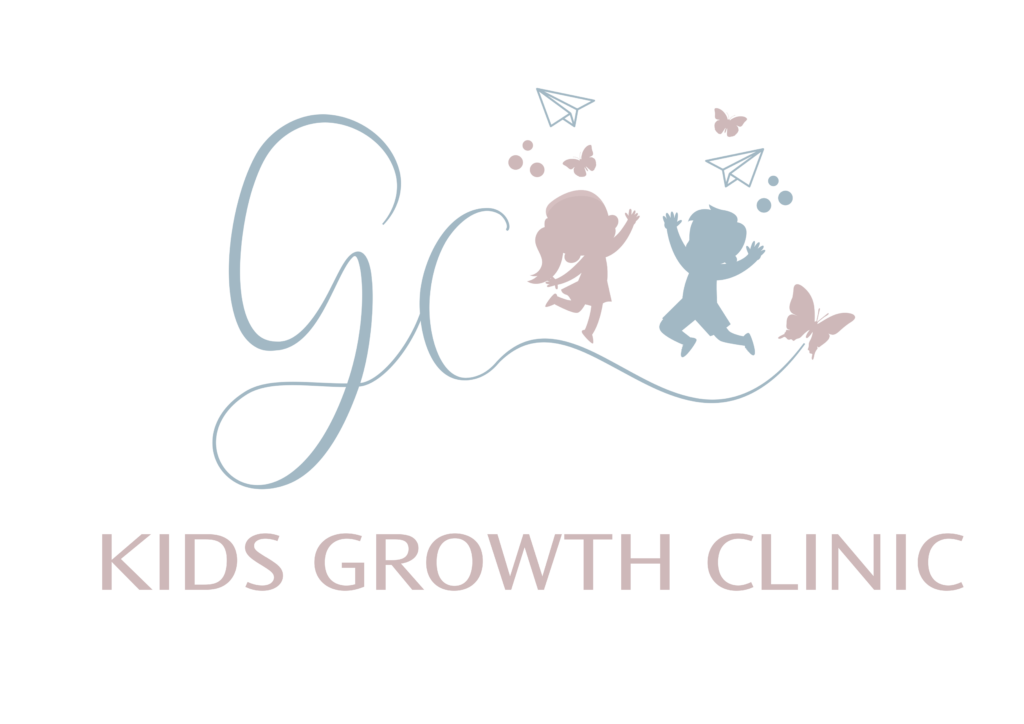Every parent notices moments when their toddler suddenly outgrows clothes, eats more than usual, or becomes unusually cranky. These changes often indicate a growth spurt—a sudden phase of rapid physical and developmental change. In this article, we’ll explore toddler growth spurts in depth, helping you understand what they are, how they occur, and how to support your child during this vital stage. Whether you’re a new parent or navigating your second toddler, this guide offers valuable insights into your child’s growth and development.

Article Outline
- What Is a Growth Spurt in Toddlers?
- When Do Toddler Growth Spurts Typically Occur?
- Signs and Symptoms of Growth Spurts in Children
- Physical Changes During a Growth Spurt
- How Growth Spurts Affect Sleep and Appetite
- Emotional Changes and Behavioral Shifts in Toddlers
- Supporting Your Toddler Through Growth Spurts
- Nutrition and Healthy Growth During Toddler Years
- When to Be Concerned About Delayed Growth
- Final Thoughts on Helping Your Child Navigate Growth Spurts
1. What Is a Growth Spurt in Toddlers?
A growth spurt is a sudden increase in your child’s height and weight over a short period. While growth typically follows a steady pattern, toddlers experience growth spurts in intense bursts. These growth spurts are a natural part of a child’s development and often occur during specific stages of the early years.
A toddler’s growth spurt involves rapid growth, both physically and developmentally. These spurts often lead to noticeable changes in behavior, sleep patterns, and eating habits. Growth spurts can sometimes be challenging for children and parents alike, but understanding the growth process can make it easier to navigate.
2. When Do Toddler Growth Spurts Typically Occur?
Growth spurts occur most notably during infancy, adolescence, and toddler years. For toddlers, the most significant periods of rapid growth are:
- Around 12–15 months
- Around 18–24 months
- Around 30–36 months
During these phases, children may experience growth spurts marked by rapid physical growth and developmental milestones. These periods are essential to a child’s growth trajectory and are guided by internal biological processes, including the release of human growth hormone.
Boys and girls experience growth spurts at slightly different times, with girls typically beginning earlier than boys. These spurts are a natural part of childhood and indicate that your child is growing as expected.
3. Signs and Symptoms of Growth Spurts in Children
Recognizing the signs and symptoms of growth spurts can help parents offer the right support. Key indicators include:
- Increased appetite: A toddler may suddenly start eating more than usual. This increased calorie intake fuels the rapid growth happening internally.
- Changes in sleep: Toddlers may sleep more or wake more frequently, depending on how their body adjusts to the spurt.
- Crankiness or fussiness: Emotional sensitivity is common due to discomfort during growth.
- Sudden changes in clothing fit: A sign of physical growth.
- Clumsiness or awkward movement: As a child grows rapidly, motor coordination can briefly lag.
Growth spurts often bring a combination of physical and behavioral changes that, while temporary, can be intense.
4. Physical Changes During a Growth Spurt
During a toddler growth spurt, the body undergoes several physical changes that may be noticeable to parents. These include:
- Height and weight gain: This is the most visible sign. Some toddlers may grow a few centimeters in a short time.
- Elongated limbs or change in body proportions: As the body grows, proportions may shift.
- Increased need for rest: Supporting rapid physical growth demands energy.
These changes during growth spurts reflect the child’s growth potential and indicate a healthy, progressing growth pattern. Monitoring with a pediatrician using a growth chart helps ensure that the child’s growth and development are on track.
5. How Growth Spurts Affect Sleep and Appetite
Growth spurts significantly affect a child’s sleep and appetite:
- Sleep patterns may change. A toddler may sleep longer or wake up more often due to internal growth-related activity.
- Sudden increase in appetite is common. Children may crave more food or ask for snacks more frequently to meet the energy demands of rapid growth.
- Nutritional needs increase. The body requires more calories and nutrients to support growth spurts.
Supporting your toddler’s growth means being responsive to these needs and ensuring that their diet and rest routines align with their current phase of development.
6. Emotional Changes and Behavioral Shifts in Toddlers
During a growth spurt, toddlers often experience emotional and behavioral changes:
- Increased irritability or clinginess: These are common signs that the child is feeling discomfort during growth.
- Regressions in behavior: A toddler may momentarily revert to earlier developmental stages, such as needing help to sleep or increased separation anxiety.
- Challenging for children and parents: Emotional support and understanding are crucial to help your child navigate growth spurts.
These emotional shifts are just as important to acknowledge as physical growth signs, as they impact the child’s personal growth and overall well-being.
7. Supporting Your Toddler Through Growth Spurts
To help your child through a growth spurt:
- Provide emotional support and understanding: Reassurance and comfort help toddlers cope with the changes.
- Maintain consistent routines: Predictable routines support a sense of safety and stability.
- Offer comfort measures: Gentle massages, cuddles, or soothing music may help during periods of discomfort.
Parents might also want to document milestones and discuss concerns with a pediatrician to monitor development and offer reassurance.
8. Nutrition and Healthy Growth During Toddler Years
Proper nutrition is vital during toddler growth spurts. The body needs a variety of foods to support rapid growth:
- Calcium and vitamin D are essential for strong bones.
- Proteins and healthy fats fuel growth and brain development.
- Iron, zinc, and other vitamins and minerals support immune function and energy.
Feeding toddlers balanced meals with adequate calories and nutrients to support growth can make a big difference. If your child’s appetite fluctuates, offer nutrient-dense snacks and meals.
Growth spurts involve intense energy demands, and ensuring your child has the proper fuel will support healthy growth throughout the toddler years.
9. When to Be Concerned About Delayed Growth
While most growth spurts are normal, some children may experience delayed growth. Here are signs that warrant consultation:
- No noticeable changes in height or weight for several months
- Falling off the growth chart percentiles
- Symptoms of stunted growth or poor appetite
- Lack of physical changes expected at their age
Delayed growth may be linked to underlying conditions such as hormonal imbalances (including low growth hormone levels), nutritional deficiencies, or other medical concerns. Regular check-ups with a pediatrician and growth tracking can help detect issues early.
10. Final Thoughts on Helping Your Child Navigate Growth Spurts
Growth spurts are a critical and natural part of a child’s development. While they can sometimes bring challenges, they also offer exciting milestones for your child’s personal growth. As a parent, your awareness, nutrition support, and emotional care play a huge role in your toddler’s journey through growth spurts.
Monitoring changes, maintaining routines, and ensuring a nutrient-rich diet helps create a strong foundation for a child’s growth and development—both physically and emotionally.
Summary – Key Takeaways About Toddler Growth Spurts
- A growth spurt is a sudden increase in height and weight, common during toddler years.
- Toddler growth spurts usually occur around 12–36 months and involve rapid physical growth.
- Signs of a growth spurt include increased appetite, changes in sleep, and crankiness.
- Physical changes during growth spurts may lead to elongated limbs, weight gain, or clumsiness.
- Sleep patterns and eating behavior often shift to support internal growth demands.
- Parents might notice regressions in behavior or emotional sensitivity during growth spurts.
- Support your child with nutrients to support healthy development, especially calcium and vitamins.
- Delayed growth should be monitored with the help of a pediatrician and tracked on a growth chart.
- Growth spurts are a natural part of childhood that help shape your child’s growth journey.
- Understanding growth spurts is crucial to ensure your toddler’s well-being and help your child navigate growth spurts with ease.








